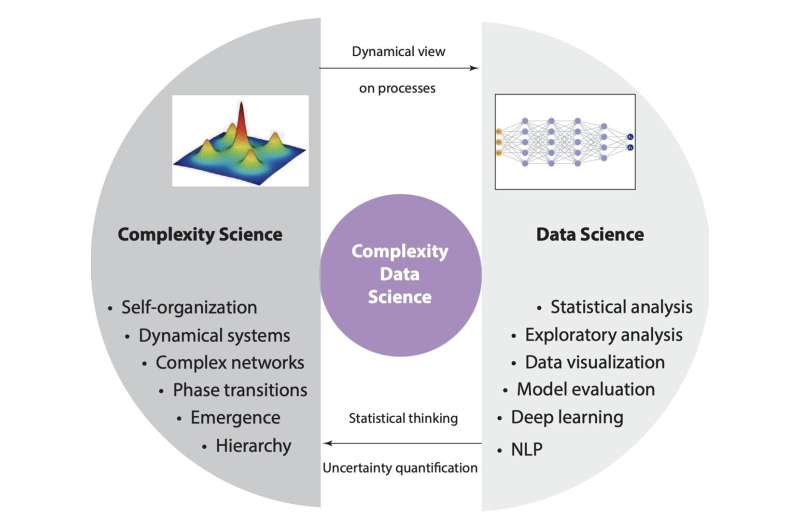
November 12, 2024 by PNAS Nexus
Collected at: https://techxplore.com/news/2024-11-experts-link-digital-twins-complexity.html
A perspective suggests that “digital twins” are not simply tools for science but are an example of the integration of complexity science and data science into a new scientific field. A “digital twin” is a digital representation of a real-world object or system.
The idea emerged from manufacturing but has been adopted by science, especially by the fields of medicine, immunology, and epidemiology. Digital twins are typically frequently or continuously updated and improved with real data from the real object the digital twin mirrors, allowing researchers to explore “what if” scenarios that are so far experimentally unexplored in the real object or system.
Frank Emmert-Streib and colleagues argue that the complexity of the systems being simulated, such as the climate system and entire economies, links digital twins with the field of complexity science. The simulation and learning inherent in digital twins could be used in other approaches, including explainable AI (as opposed to today’s more common “black box” machine learning models) and incremental learning from continuous sequential data sources such as the stock market or economic indicators.
The study is published in the journal PNAS Nexus.
According to the authors, a new field, “complexity data science,” could combine the techniques and insights of complexity science and data science and provide novel insights and capabilities that can help society solve its challenges.
More information: Frank Emmert-Streib et al, Complexity data science: A spin-off from digital twins, PNAS Nexus (2024). DOI: 10.1093/pnasnexus/pgae456
Journal information: PNAS Nexus

Leave a Reply